"No-one has realised" that most homeware catalogue images are renderings
News: the images in most kitchen, bathroom and bedroom catalogues are computer-generated but "no-one has realised", according to a leading CGI artist (+ slideshow).
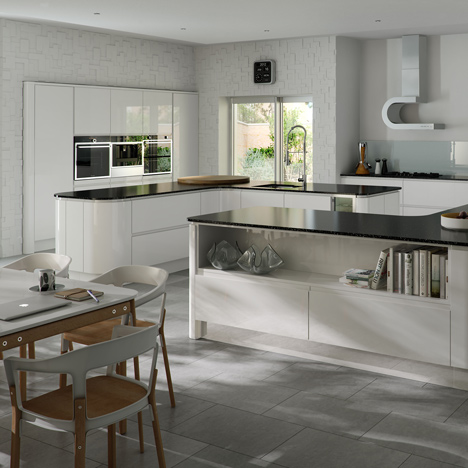
"Many furniture manufactures are using this medium to put together their catalogues and such," said Richard Benson, creative director at digital imagery studio Pikcells. "The technology can now make these wonderfully realistic images as good as photography, and in some cases better."
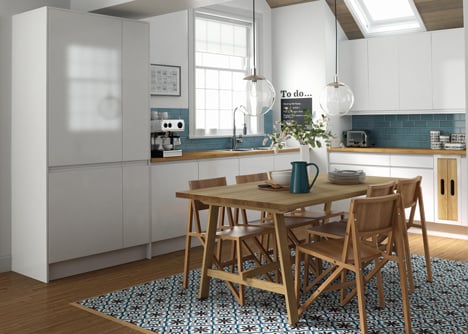
He added: "Most kitchen, bedroom and bathroom companies now use CGI to create their marketing material and no one has realised."
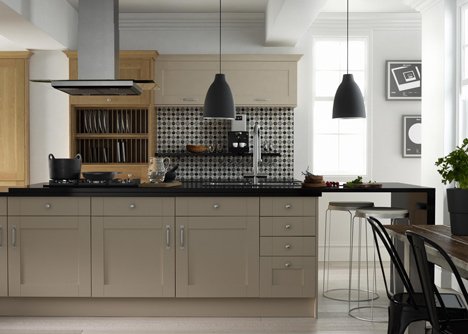
Last summer flat-pack furniture giant Ikea announced it was starting to use digital images in its catalogues and online galleries, predicting that up to a quarter of all its images would eschew traditional photography by this year.
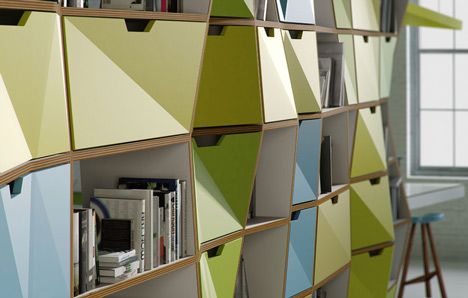
But Benson said that things have moved faster than even Ikea predicted. "It's not just Ikea," he said. "We design a lot of the [digitally created] spaces ourselves for some of the world's biggest homeware brands."
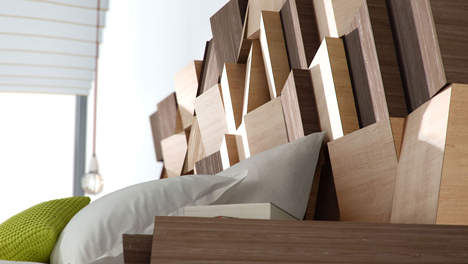
Benson said the rapid advances in digital image-making were leading to the mass closure of photography studios that specialised in interior and product shoots for brands. "It's quite a big deal as lots of photography studios have been uprooted," he said. "Over the past five years, there's been a few studios that have really come to the end of their time doing room sets and have seen CGI coming through and packed up shop and called it a day really."
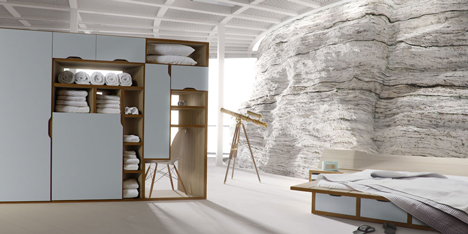
Other photography studios have embraced CGI and turned themselves into digital studios. He added: "We've been brought in to produce what the photographer was doing anyway. The end if the same but the means is different."
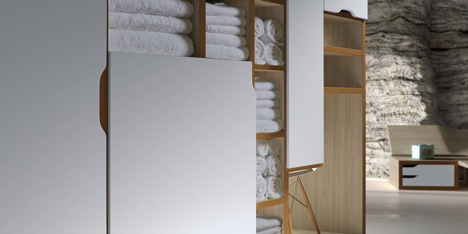
He explained that rendered images offer clients greater speed and flexibility than photographs, plus lower costs. "With photography, you're always going to be restricted by what you can build and what materials you can use and what furniture you can get a hold of, whereas with CGI there are massive 3D libraries now where you can buy really high quality digital models and textures and drop them straight into your images."
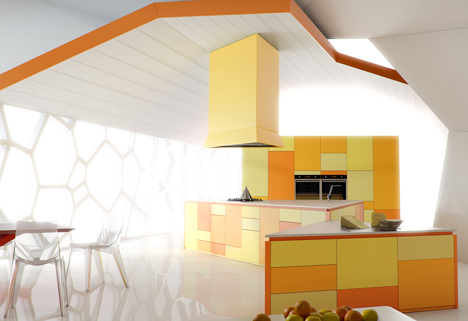
Computer renderings also allow sets to be re-used and adapted easily, Benson said. "In photography, people build massive sets and then they just throw it all in the bin afterwards, whereas we can reuse the sets over and over again. They're just stored in the computers so we can pull them out and make quick changes and reissue images."
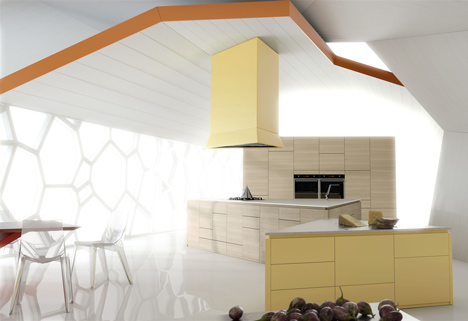
Car brands have been using computer-generated imagery for advertisements for years, he added: "A lot of the adverts you see on TV [involve] CGI cars," he said.
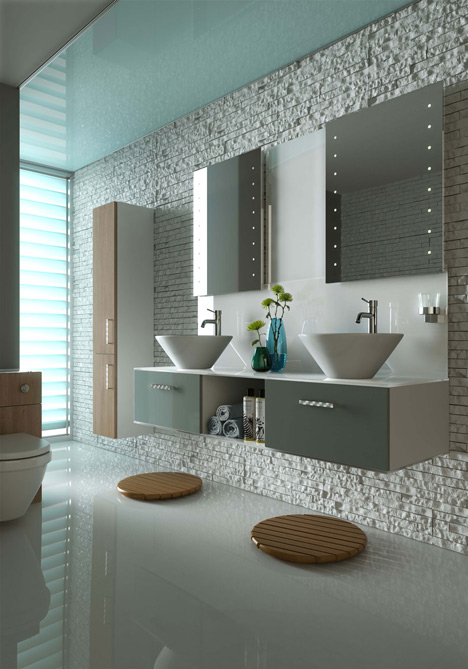
Magazines try to avoid publishing CGI images, Benson said, but they often published them unknowingly. "We've had loads of our stuff in magazines," he said, including a recent interior that Pikcells developed from scratch for wood and laminate brand Kronospan. "A kitchen from the Fresh project was featured in Grand Designs in the future kitchen section and I don't think they knew it was CGI."
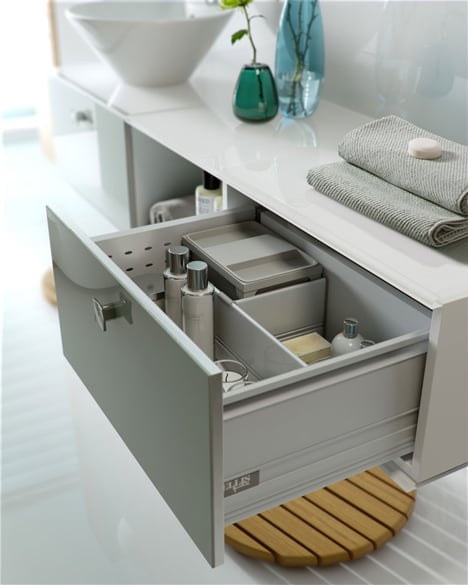
Leading architectural visualiser Peter Guthrie spoke to us last month about how architectural renderings are now "indistinguishable from photos," and Benson says that producing renderings for catalogues requires even higher photo-realistic qualities. "In the work we produce, the images have to be really photo-real as they are sitting alongside existing photos in many catalogues," he explained. "Architecural visualisation doesn't generally have this issue. The expectation is lower as most people realise it's CG, because what they are looking at is not built yet."
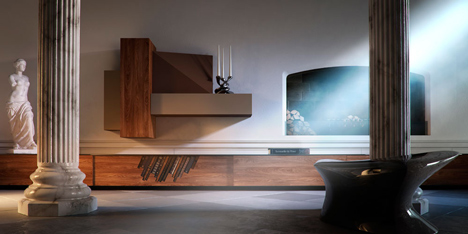
An example of this is a Swiss studio that created a computer model of an unbuilt Zurich theatre designed by Jørn Utzon in 1964, to show that the building "could be built now".
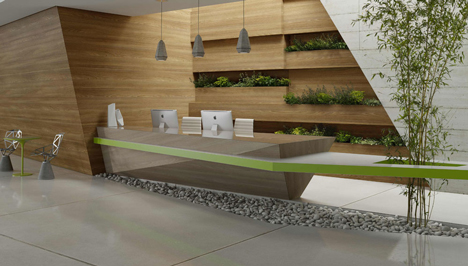
Today, most furniture brands use CGI instead of photography for the room sets in their catalogues, Benson said. "I would say 80 percent of the furniture manufacturers out there are using CGI for kitchen, bedrooms, bathrooms, living rooms, etcetera. It's sort of happened in the last five or six years. It came at the right time, when the software was good enough and when the hardware was affordable enough to process the power needed to render these images."
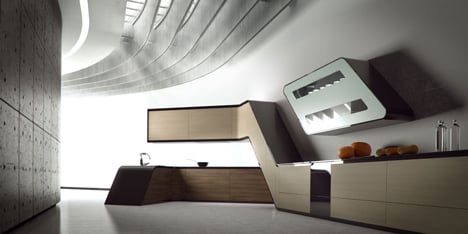
Ikea led the way with digital images of its kitchens, which are relatively easy to generate, given that they feature hard, flat surfaces with predictable reflections. However, Ikea has still not mastered the art of creating realistic bedroom images, Benson said, due to the complexity of computer-modelling bedlinen and soft furnishings.
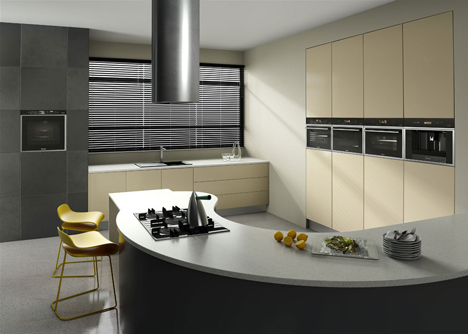
Even that is changing, with software and processing power now able to create convincing fabrics. "Soft furnishings and fabrics [are] becoming extremely realistic to the point where we've started to use CG bedding and cushions and things," Benson said.
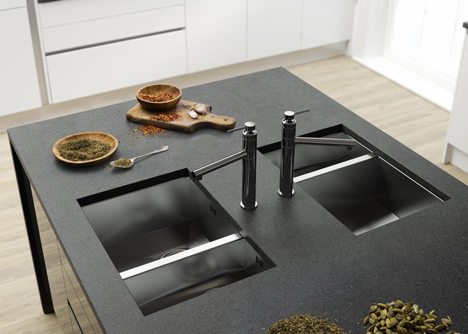
The only items that studios like Pikcells still struggle to render are flora and fauna. "To create flowers for each image would take a long time as opposed to going down to the florist and photographing stuff. As soon as the software is ready to use in that department, I don't think there would be anything else that you would be missing."